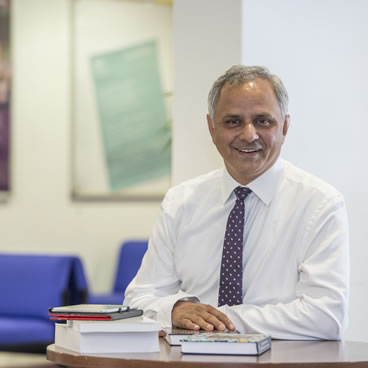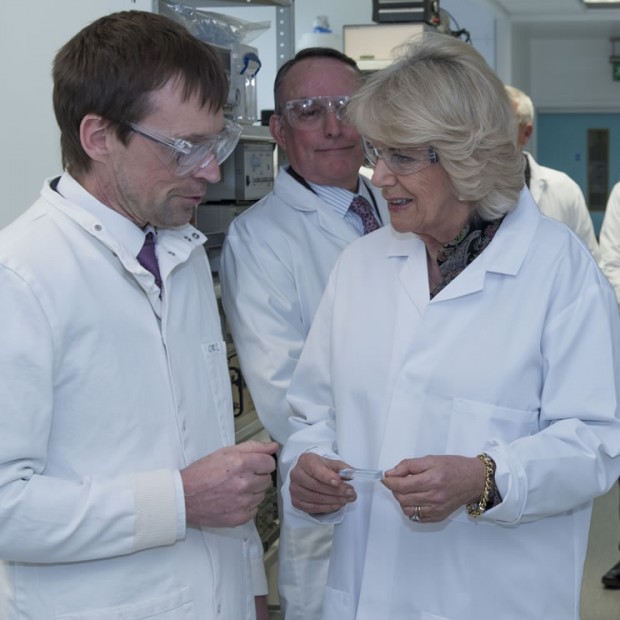Hartley News Online Your alumni and supporter magazine
Working from home seemed a novelty for many of us before the coronavirus pandemic forced the country into lockdown in March 2020. Fast-forward one year, and it’s now seen as the ‘new normal’ for most office workers – and new research from Southampton Business School suggests that the easing of restrictions is unlikely to change this trend.
Whilst medical research has been making headlines throughout the pandemic, staff at the Southampton Business School have been providing valuable insight into our work lives and professional wellbeing. Work After Lockdown is a cross-institutional project led by alumna Dr Jane Parry (PhD Social Science Research, 2000), Director of the Centre for Research on Work and Organisations at the University. The project analyses the longer-term effects of working from home, and explores which new behaviours and practices will remain in our post-pandemic world.
The project team recently released their first wave of findings, relating to the period of rapid change around the lockdown of March to July 2020. The Working Under COVID-19 Lockdown: Transitions and Tension report looks at how organisations and workforces adapted and learned from working from home under the initial lockdown as part of a longitudinal 18-month study.
The study focused on two sectors: those who work in local government and those in legal professions. Analysis found that workers from both sectors are in no hurry to return to the office. 7 in 10 (73%) workers surveyed wanted to carry on working from home in some form. The survey respondents cited the time and cost saved in not commuting, and more family time, as clear benefits. The desire to carry on working from home echoes the findings of the national data in Understanding Society: COVID-19 Study.
The study shows that workers have also proved they are highly adaptable in these unusual times:
– 9 out of 10 (88.5%) employees felt they had achieved more, or as much, work at home as in the office.
– 6 out of 10 (64%) workers rated the ability to work flexibly as the best feature of working from home.
Despite this, 8 out of 10 workers (82%) miss the informal contact with their colleagues – citing this ‘social deficit’ as the worst aspect of working from home.
The report also makes five recommendations for employers considering how to organise work to meet these changing needs in a post-pandemic world:
– Focus on ways to support employee wellbeing, and make practical adjustments to workloads and working practices to ease intensity and promote better work-life balance.
– Re-engage with flexible working for the existing workforce, and review the implications for future recruitment policy and practice.
– Define what a hybrid working pattern looks like for each job role, and develop approaches to managing hybrid working in practice.
– Develop standards for good line management, with an emphasis on the social and interpersonal skills needed to support, motivate, and engage people working under changing circumstances.
– Provide suitable training to strengthen management skills that a future of hybrid and flexible working demands.
These findings will shape how work is organised in the future, following the disruption of lockdown. As we all move through the next phases of the pandemic, the research conducted by Work After Lockdown is designed to support economic and social recovery, providing timely practical guidance and recommendations for employers and policy makers.
Commenting on the research, principal investigator Dr Parry said: “When we started this research, we did not know that lockdown would be a feature of our lives a year on. Our research is highly relevant as we can follow our case study organisations as they continue to adapt and learn from this living experiment in new ways of working.”
The project group are continuing their research, and if you work in the legal profession or for a local authority in the UK, you can help by completing their worker wellbeing survey.
Work After Lockdown is a cross-institutional project led by Dr Parry and collaborators Professor Yehuda Baruch, Dr Michalis Veliziotis, and Dr Mina Beigi at University of Southampton, working with Dr Zoe Young of work design specialists, Half the Sky, and Professor Stephen Bevan at the Institute for Employment Studies. The project is funded by the Economic and Social Research Council (ESRC) as part of the UK Research and Innovation’s rapid response to COVID-19.



